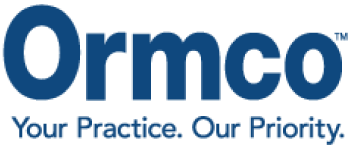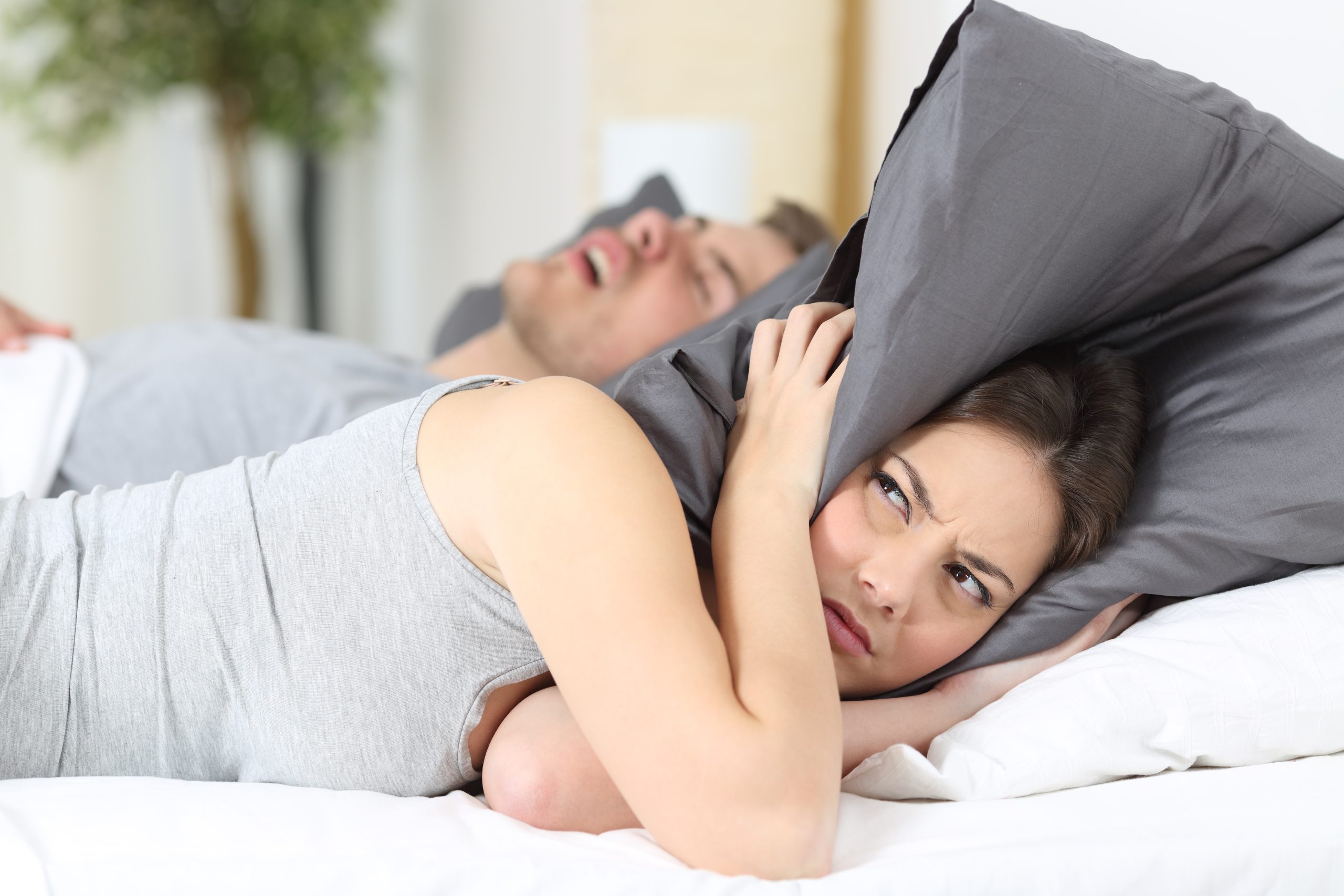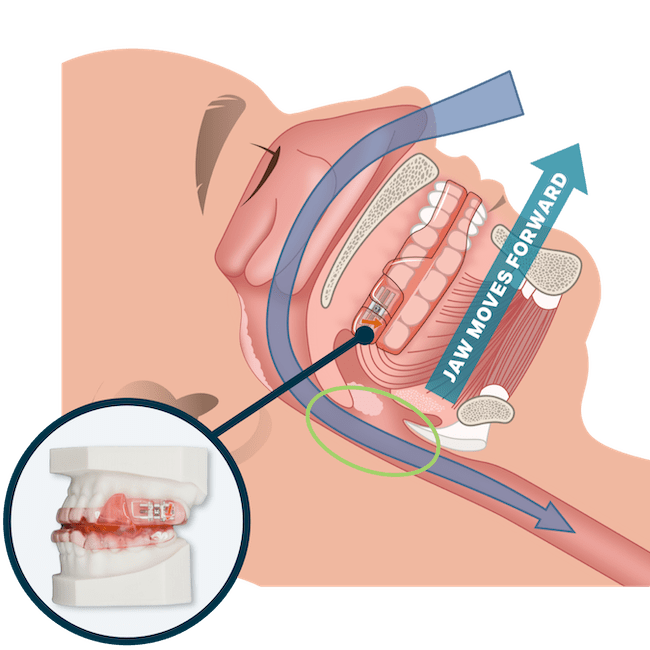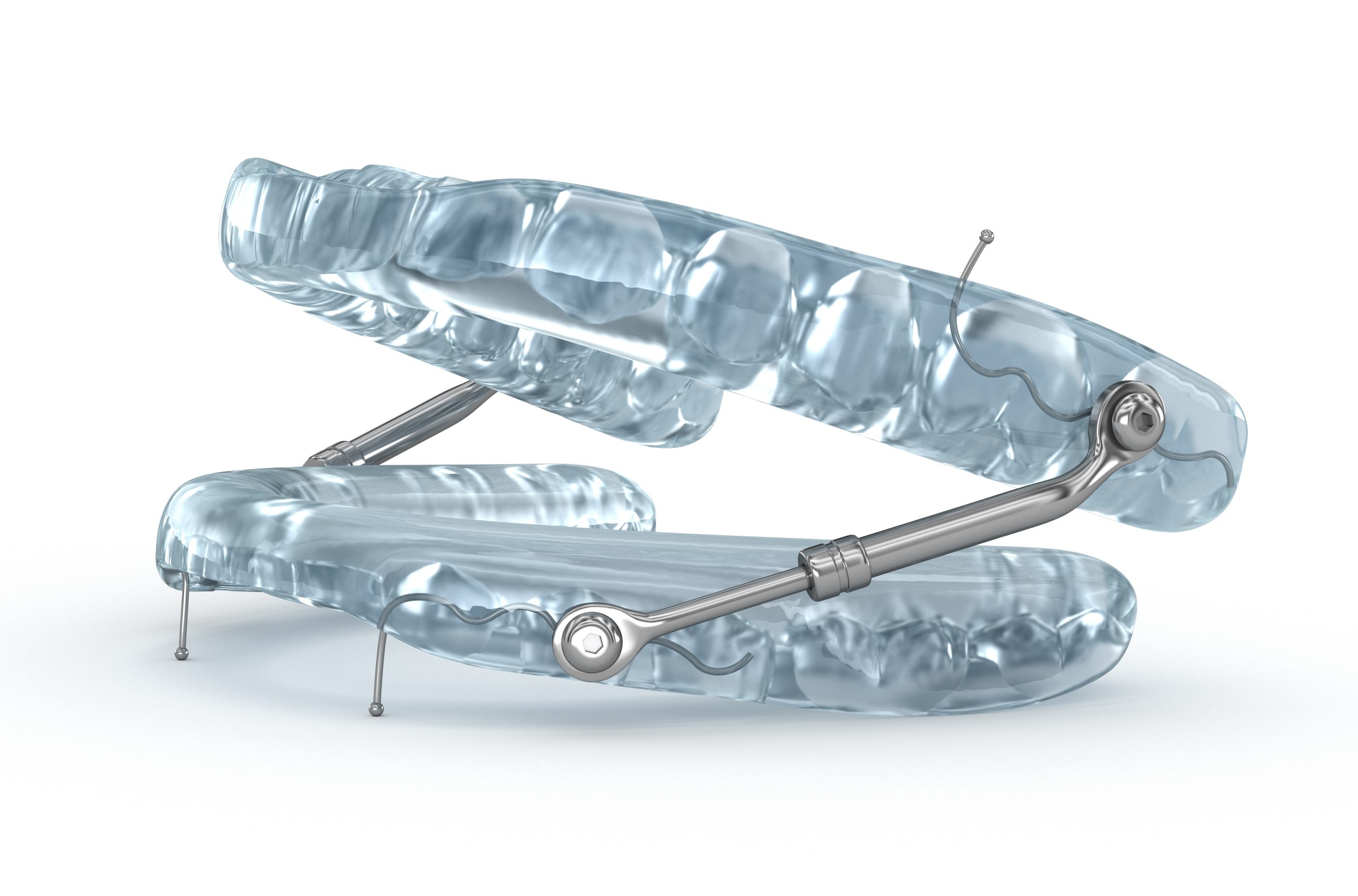Sleep apnea
What is sleep apnea?
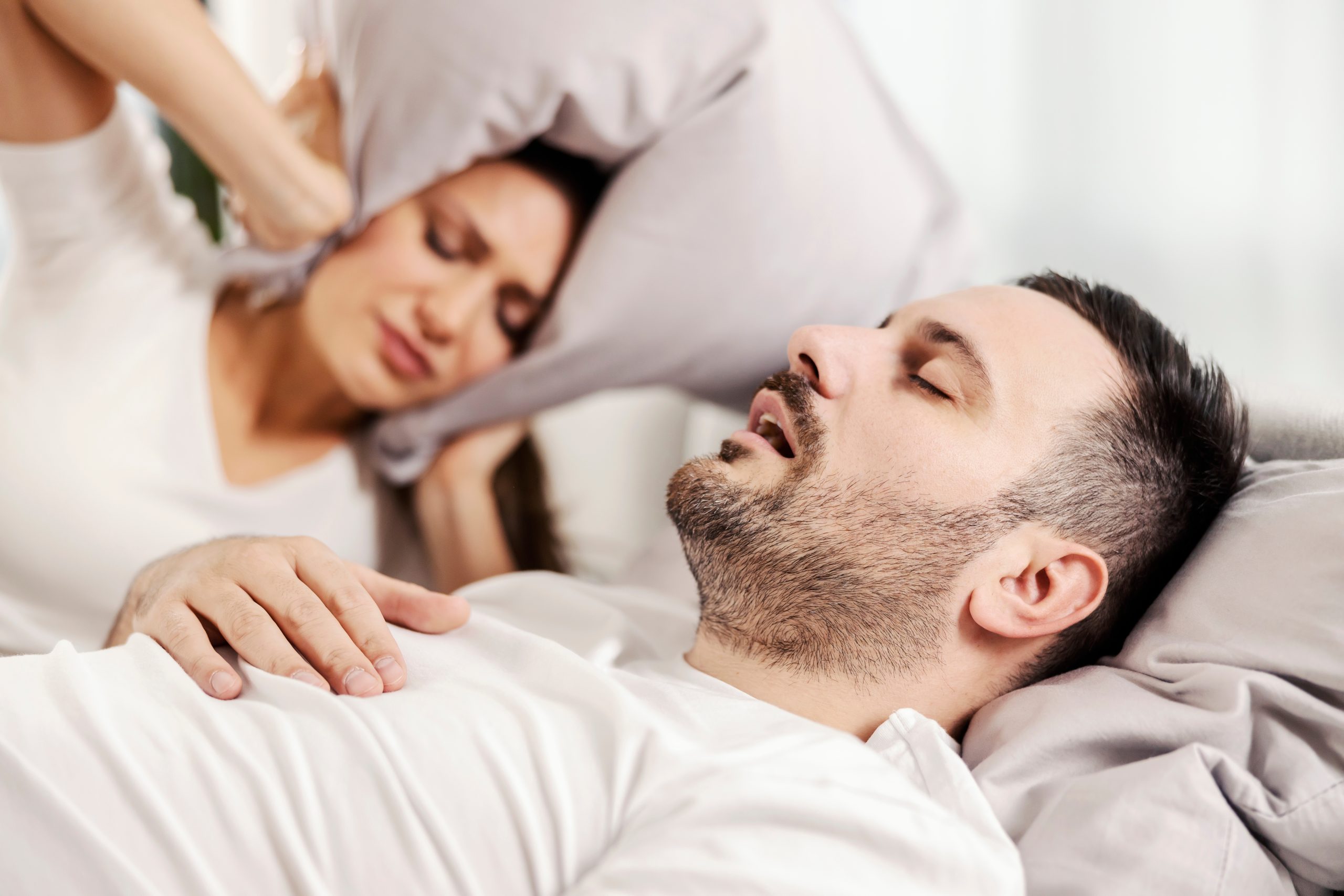
Sleep apnea is a sleep disorder characterized by repeated interruptions in breathing during sleep.
These pauses in breathing can last for several seconds to minutes and may occur numerous times throughout the night.
The most common type of sleep apnea is the obstructive sleep apnea. It can lead to serious health complications such as high blood pressure, heart disease, stroke, diabetes, and an increased risk of accidents due to daytime fatigue.
Sleep-related respiratory disorders constitute a diagnostic category that includes obstructive phenomena, such as primary snoring, upper airway resistance syndrome, and obstructive sleep apnea.
Sleep apnea, or more accurately sleep apnea syndrome (SAS), or obstructive sleep apnea syndrome (OSAS), is a breathing disorder where airflow is restricted or interrupted (apnea) during sleep, typically occurring between episodes of loud snoring. The duration of these episodes can range from 10-15 seconds, and often much longer.
It is a serious and quite common disorder, potentially life-threatening for patients suffering from it. It affects people of all ages and genders, though it is more common in men over the age of 40.
Causes – The Profile of Patients with Sleep Apnea
Obstructive sleep apnea results from increased resistance in the upper airway, leading to its narrowing and eventual collapse. This tendency for airway constriction and closure is influenced by reduced muscle tone during sleep.
The respiratory effort increases in order to maintain airflow through the airways, which is accompanied by a relative increase in blood carbon dioxide (hypercapnia) and a decrease in oxygen levels (hypoxemia). The increased effort to breathe causes micro-awakenings in the brain, leading to tachycardia, increased blood pressure, and a tendency toward other cardiac arrhythmias.
Obstructive sleep apnea is complex, further exacerbated by its multifactorial etiology, including craniofacial structures, neuromuscular tone, and other related factors.
The severity of obstructive sleep apnea varies significantly among affected patients, and this heterogeneity leads to differences in therapeutic approaches and patient responses. It is reliably estimated by the number of apnea-hypopnea episodes occurring per hour during sleep.
- Up to 5 episodes per hour, without other clinical symptoms, is considered no obstructive sleep apnea syndrome.
- 5–15 episodes per hour is considered mild sleep apnea syndrome.
- 15–30 episodes per hour is evaluated as moderate sleep apnea syndrome.
- 30 or more episodes per hour constitutes severe sleep apnea syndrome.
Predisposing factors for the development of the syndrome in adults.
Predisposing factors include obesity, menopause, gender (men), and increasing age. Obstructive sleep apnea is often referred to as the “disease of the obese.” While its incidence is significantly higher in obese individuals, it is also possible for slim individuals to have other predisposing factors that can trigger the development of the syndrome.
Symptoms During Sleep
- Loud snoring, usually worsening with age. Additionally, snoring that disrupts the patient’s sleep and does not stop when lying on their side should be evaluated, as it may indicate obstructive sleep apnea.
- Frequent and sudden awakenings, often with a sensation of suffocation or interrupted breathing between episodes of loud snoring. Many times, the sleep is so disturbed that it cannot return to normal levels.
- Restless sleep accompanied by sudden limb movements, mostly in the lower limbs.
- Frequent night-time awakenings to urinate may be a symptom of obstructive sleep apnea. However, these should be carefully evaluated in men, as they may also indicate prostate enlargement.
Symptoms During the Day
- Morning headaches.
- A feeling upon waking that sleep was neither sufficient nor effective. Patients often complain that they do not wake up feeling refreshed and rested.
- Severe fatigue and daytime sleepiness, even during activities that should keep the patient alert. This symptom is very characteristic and particularly dangerous, as it can lead to serious accidents, both for car drivers and operators of heavy machinery, when they fall asleep while driving or working.
- Cognitive disturbances (e.g., distractibility and inability to concentrate), mood disturbances (e.g., melancholy, depression), and sexual dysfunction. These may be symptoms of the syndrome, but other causes should be excluded.
- Comorbidities that are not adequately managed with appropriate treatment, such as type II diabetes, hypertension, and obesity.
Intraoral devices that are widely used in the treatment of obstructive sleep apnea are classified into two categories:
- lower jaw advancement devices
- devices for tongue stabilization.
Their purpose is to keep the lower jaw and soft tissues in an anterior position to increase the diameter and thus the patency of the airway at the level of the pharynx.
There is extensive literature supporting the use and effectiveness of these mechanisms in patients with mild to moderate obstructive sleep apnea. Also, because these devices are much more tolerable in the long term compared to the PAP mask, they can provide significant help in severe cases of obstructive sleep apnea where mask use is not possible. Thus, they are the treatment of choice for patients who cannot or do not want to use a PAP mask. The effectiveness rates reported in the literature for this treatment approach reach up to 70%.
Device Manufacturing and Customization
These devices are mostly customized and made individually for each patient based on:
- their anatomical features
- the functional needs of their stomatognathic system
- the severity of their obstructive sleep apnea
- the condition of their dental occlusion.
They are typically constructed with the lower jaw positioned at two-thirds of its maximum advancement, and after considering the progression of symptoms and sleep quality post-treatment, the device is titrated (adjusted).
Therapeutic Goal and Clinical Outcomes
The goal is:
- to maximize the relief of sleep apnea symptoms
- to reduce or even stop snoring
- to ensure patient comfort so they can use the device during sleep without issue.
Once these goals are achieved, objective indicators of the syndrome, such as the apnea-hypopnea index (AHI) and blood oxygen saturation, are also normalized.
We are Open Tue-Wed-Fri, 16.00-21.00 but by appointment only.
Call us at +30 210 7253133,
f+30 210 7253143
or mail us at
info[at]DrKonstantinosKontos.gr



